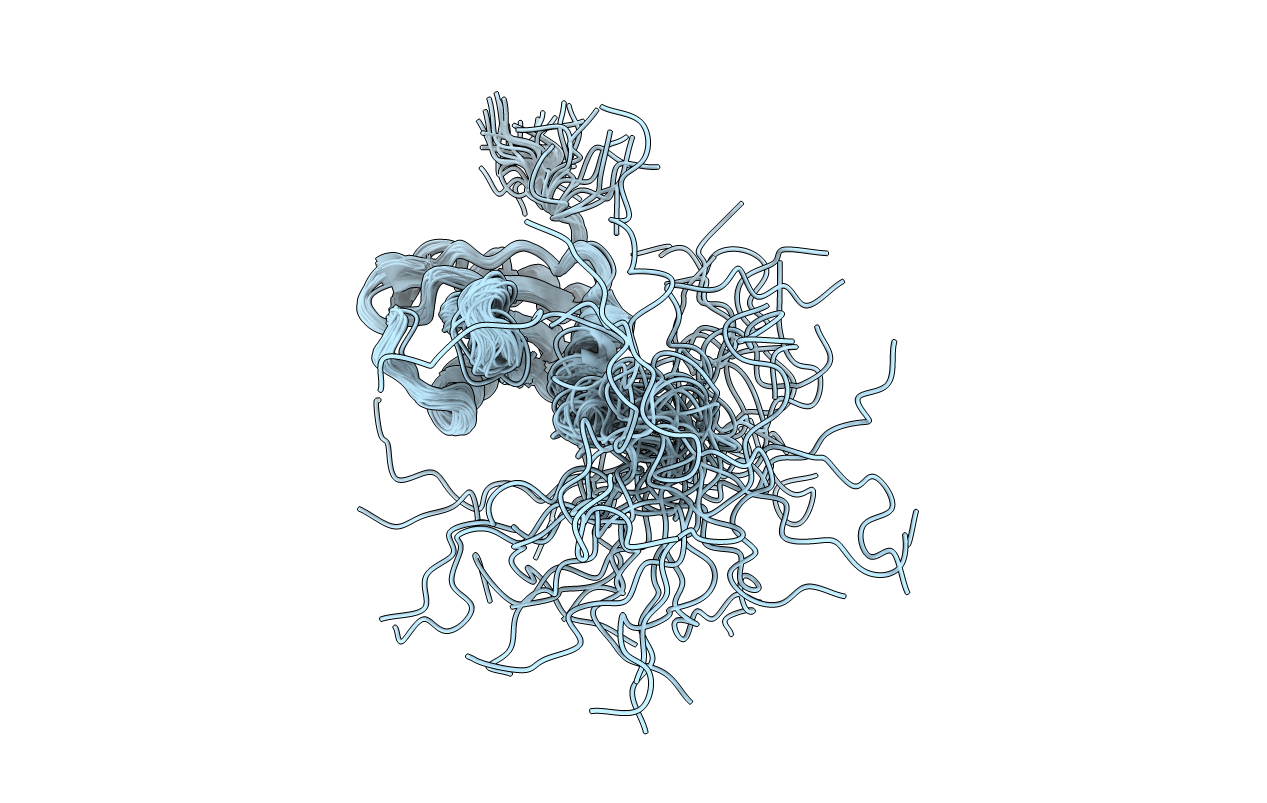
Deposition Date
1996-02-21
Release Date
1996-07-11
Last Version Date
2024-05-22
Entry Detail
PDB ID:
1FHT
Keywords:
Title:
RNA-BINDING DOMAIN OF THE U1A SPLICEOSOMAL PROTEIN U1A117, NMR, 43 STRUCTURES
Biological Source:
Source Organism:
Homo sapiens (Taxon ID: 9606)
Host Organism:
Method Details:
Experimental Method:
Conformers Submitted:
43


